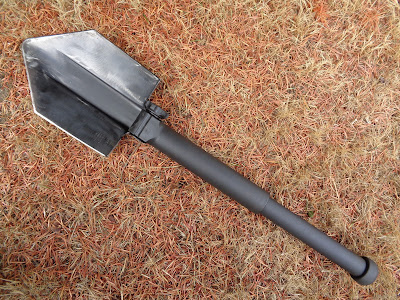As many of you may have noticed, I've been absent from the blog for quite a while. I headed off on a few tangents during the pandemic, one of which is a "new" boat!
After selling the Bernadine, our 1931, Bridge Deck Cruiser, the "big boat" (38 feet), several years ago, I have been watching and hoping for another classic boat to come along. Actually, I was hoping for something much smaller, but still classic, that could live on a trailer, as opposed to a mooring buoy. Well, at the start of the pandemic, we spotted one, and in usual form, bought her at first sight!
We call her the "Snow Goose", but her transom carved name is the "Stephanie E.". There is a faint outline of a snow goose in flight on the transom, which ties into my all-time favorite and loved story, "Snow Goose" by Paul Gallico. The name "Stephanie E", was given by Dan Jones. I understand she was originally named after his wife. We call her Snow Goose.
She was built in Sausalito, California in 1980, by a very well-known boat builder named Dan Jones. She is built to the lines drawn by John Gardner, in his book "Building Classic Small Craft, Volume 1". The boat is a composite copy of a typical 19th Century Whitehall. The sprit sail rig is a direct copy of one Gardener documented that was from an 1870 Boston Whitehall.
The boat is constructed traditionally, with Port Orford Cedar planks, and Black Locust for the keel and ribs. Completely copper riveted. No "modern" materials, glues or fasteners were used. She as traditional as they get!
She found her way to Port Townsend by way of her second owner, and good friend of Dan Jones, when he took an instructors position at the Northwest School of Wooden Boatbuilding. https://nwswb.edu/ .
You can read a "history and detail" flier on the boat below for all of the "little details".
When we bought her she was solid, but in need of some immediate attention to get her seaworthy and back on the water. My first big project was to remove the original centerboard box. NOT an easy job! Everything was copper riveted and keel bolted in place......and after working on bolts and rivets that had been in place, in salt water, for something like 40+ years, I ended up with a larger project than I had anticipated! New keel bolts, new side boards on the box, with salvaged Black Locust frame. I opted to use bolts, instead of rivets, to reinstall the box (I know, not traditional, but if I have to take it out again, I can!). Several planks and new rub rails had been installed by students and the Boat School not long before with bought her (dodged a bullet on that one!). The trailer was OLD, and the wheel bearings were shot ("interesting" ride home!). We ditched the OLD trailer and bought a new Easy Loader trailer. Over this last year, I've added and upgraded fittings. re-rigged a few things, built a removable outboard motor mount, and built a forward "Nav-Mast" that we can use when rowing or motoring without the sail rig. |
| Take-home Day! |
I could go on and on, but I think I'll just post a gallery of photos I took the other day. They show her in each of her configurations, row, sail and motor. As usual, enjoy! (You can click on the photos to display them full-sized)































































